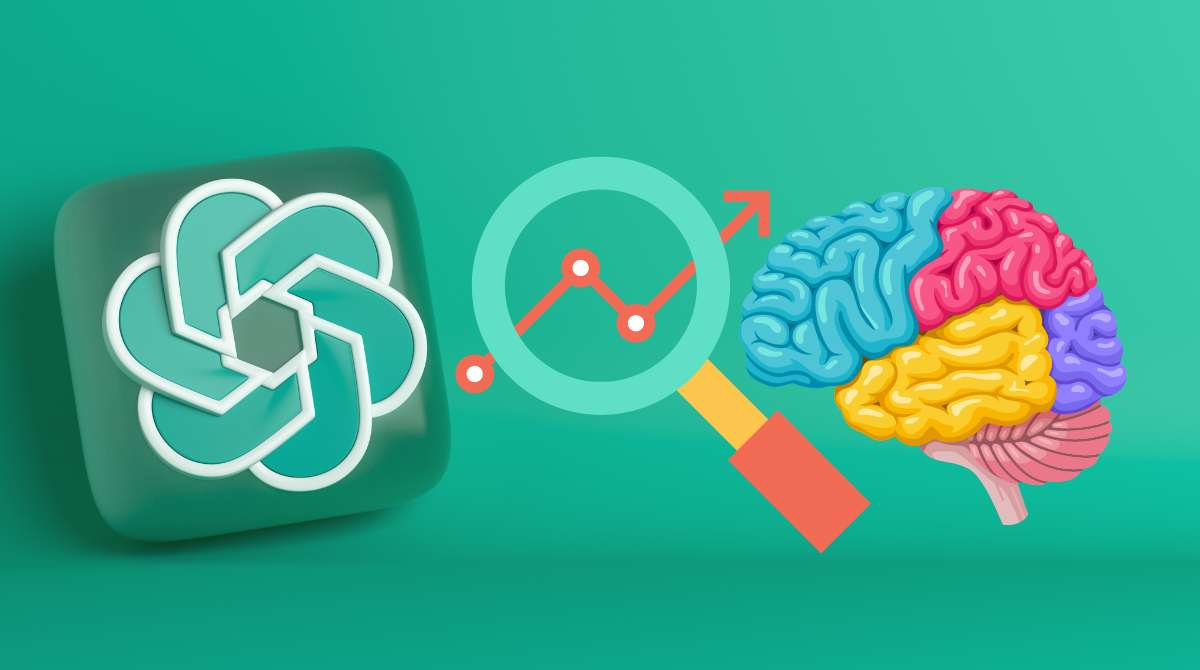Last updated on November 26th, 2022 at 03:35 pm
Machine learning is a complex field, but the process of implementing machine learning models is much simpler than in the past thanks to machine learning frameworks like Google’s TensorFlow that make it easy to collect data, train the model, make predictions, and then adjust the results. it was done

TensorFlow, developed by the Google Brain team and first released in 2015, is an open source library for numerical computation and large-scale machine learning. TensorFlow bundles various machine learning and deep learning models and algorithms (neural networks) so that they can be used through a common programming metaphor. It provides a convenient front-end API for building applications using Python or JavaScript, and uses high-performance C++ to run the applications.
Related: Data Management platform: Best 15 major DMP platforms in 2022
Competing with frameworks such as PyTorch and Apache MXNet, TensorFlow supports handwritten digit classification, image recognition, word embedding, recurrent neural networks, sequence-to-sequence models for machine translation, natural language processing and partial differential equations ( Deep neural networks for PDE) can be trained and run. Best of all, TensorFlow supports large-scale production predictions with the same model used for training. TensorFlow also has a rich library of pre-trained models available for your projects. You can also use the code from TensorFlow Model Garden as an example training model.
How Does Tensorflow works
In TensorFlow, developers can create dataflow graphs, structures that describe how data moves through a graph or series of processing nodes. Each node in the graph represents a mathematical operation, and each connection or edge between nodes is a multidimensional data array, or tensor.
TensorFlow applications can run on virtually any target, including local machines, clusters in the cloud, iOS and Android devices, CPUs and GPUs. If you’re using Google Cloud, you can get even faster speeds by running TensorFlow on Google’s custom TensorFlow Processing Unit (TPU) silicon. The resulting model generated by TensorFlow can be deployed to most devices to process prediction tasks.
TensorFlow 2.0, released in October 2019, made many improvements based on user feedback to make work easier and improve performance. The relatively simple Keras API is used for model training. A new API also makes distributed training easier, and support for TensorFlow Lite makes it possible to deploy models to a wider variety of platforms. However, to take full advantage of the new features of TensorFlow 2.0 in code written for earlier versions of TensorFlow, the code must be modified, which in some cases is simple but requires significant rework. The trained model can be accessed via a Docker container using
REST or gRPC APIs .It can be used to perform predictions in the form of a service. For more advanced prediction scenarios, you can use Kubernetes .
Using TensorFlow with Python
TensorFlow provides all of these features to programmers through the Python language. Python is easy to learn and manipulate, and provides a convenient way to express how to connect high-level abstractions. TensorFlow is supported for Python versions 3.7 through 3.10. It can be used in earlier versions of Python, but the operation is not guaranteed.
Nodes and tensors in TensorFlow are Python objects, and TensorFlow applications themselves are Python applications. However, actual mathematical operations are not performed in Python. The transformation libraries available through TensorFlow are written as high-performance C++ binaries. Python only serves to provide a high-level programming abstraction for passing and connecting traffic between each piece.
High-level operations in TensorFlow (creating and connecting nodes and layers) use the Keras library . The Keras API is superficially simple. You can define a basic model with 3 layers in less than 10 lines of code, and you only need to add a few more lines of training code for the same model here. It is also possible to work on more granularity, such as writing your own training loop.
Using TensorFlow with JavaScript
Although Python is the most used language for TensorFlow and overall machine learning tasks, JavaScript is also the main language for TensorFlow, and it has a great advantage that it can be executed anywhere there is a web browser.
TensorFlow.js, a JavaScript TensorFlow library, uses the WebGL API to speed up computations through the system’s available GPU. You can also use the WebAssembly backend for execution, which is faster than a typical JavaScript backend when running only on the CPU. Therefore, it is best to use a GPU whenever possible. The pre-built models allow you to learn basic concepts while running a simple project.
Tensorflow light
The trained TensorFlow model can also be deployed to edge computing or mobile devices such as iOS or Android systems. The TensorFlow Lite toolset optimizes TensorFlow models to run smoothly on devices such as these, by compromising model size and accuracy. Relatively small models of 12 MB compared to 25 MB or 100 MB or larger are less accurate, but the loss is usually negligible, which offsets the shortcomings of the model in terms of speed and energy efficiency.
Why use TensorFlow?
The biggest benefit of TensorFlow in machine learning development is its abstraction. Developers can focus on the overall application logic without having to go through the details of implementing an algorithm or struggling to figure out the proper way to pass the output of one function to the input of another. TensorFlow takes care of the details.
It also provides additional convenience features for developers who need to debug and investigate TensorFlow apps. Rather than composing the entire graph as a single opaque object and evaluating it all at once, each graph operation can be individually evaluated and modified transparently. This feature, called ‘eager execution mode’, was optional in earlier versions of TensorFlow, but is now standard.
The TensorBoard visualization suite allows you to inspect and profile graph execution through an interactive, web-based dashboard. Machine learning tasks created in TensorFlow can be hosted and shared on the Google-hosted Tensorboard.dev service. You can use up to 100M scalar storage space, 1GB of tensor data, and 1GB of binary object data for free. However, all data hosted on Tensorboard.dev is public, so it is not suitable for sensitive projects.
TensorFlow also benefits from support for Google’s top-of-the-line commercial products. Google has invested in the rapid development of TensorFlow and has made many products that make it easier to use and deploy TensorFlow. The TPU silicon for acceleration in Google Cloud mentioned above is a representative example.
Training a deterministic model using TensorFlow
TensorFlow implementations have several characteristics that make it difficult to obtain fully deterministic model training results for some training tasks. Even with the same data, the model trained on one system is sometimes different from the model trained on another system.
There are several reasons for this volatility. One is the seeding method and location of random numbers, and another reason has to do with certain non-deterministic behavior when using GPUs . The 2.0 branch of TensorFlow has the option to enable determinism across the entire workflow in a few lines of code . However, this feature comes with a performance penalty and should only be used when debugging workflows.
TensorFlow vs. PyTorch, CNTK, MXNet
In addition to TensorFlow, there are various machine learning frameworks. Among them, PyTorch, CNTK, and MXNet overlap in many areas with TensorFlow. Let’s take a look at the advantages and disadvantages of TensorFlow.
- PyTorch is written in Python and has many similarities to TensorFlow, including internal hardware-accelerated components, a highly interactive development model that allows for flexible design, and many useful components included by default. PyTorch is generally a better choice for rapid project development that needs to be up and running in a short period of time, but for larger projects and complex workflows, TensorFlow is better.
- CNTK is a Microsoft Cognitive Toolkit, similar to TensorFlow in that it uses graph structures to describe dataflow, but focuses on creating deep learning neural networks. CNTK handles many neural network tasks quickly and has a wide API, including Python, C++, C#, and Java. However, CNTK is not easy to learn and deploy compared to TensorFlow and is only available under the GNU GPL 3.0 license. TensorFlow is available under the more liberal Apache license. Also, CNTK is not very active in development, so there is no major release yet since 2019.
- Apache MXNet is the framework that Amazon has adopted for its advanced deep learning framework on AWS, which allows for near-linear scalability across multiple GPUs and systems. In addition, MXNet supports various language APIs such as Python, C++, Scala, R, JavaScript, Julia, Perl, and Go. However, the native API is inconvenient to use compared to TensorFlow. It also has a much smaller user and developer community than TensorFlow.
![[2023]Downloading YouTube Videos on iPhone The Ultimate Guide to Downloading YouTube Videos on iPhone The Ultimate Guide to](https://teachtactic.com/wp-content/uploads/2023/08/Downloading-YouTube-Videos-on-iPhone-The-Ultimate-Guide-to-150x150.jpg)









